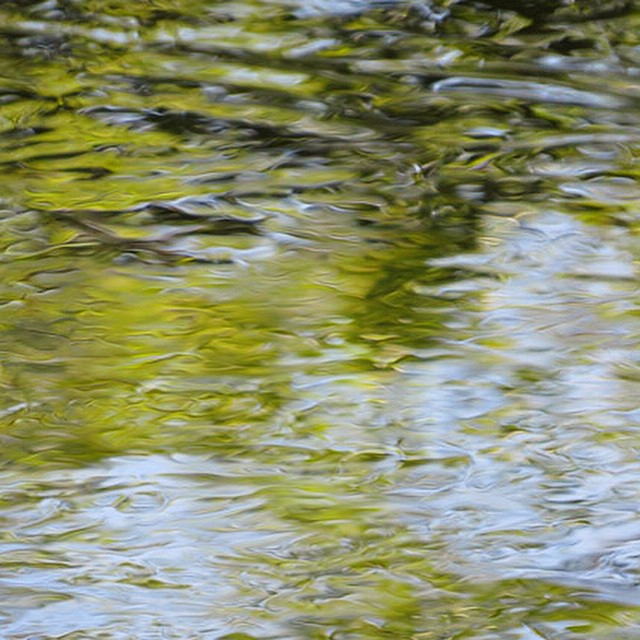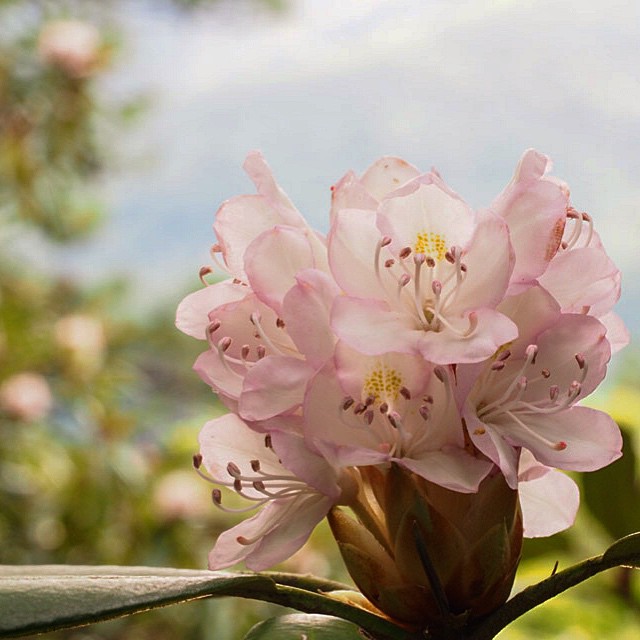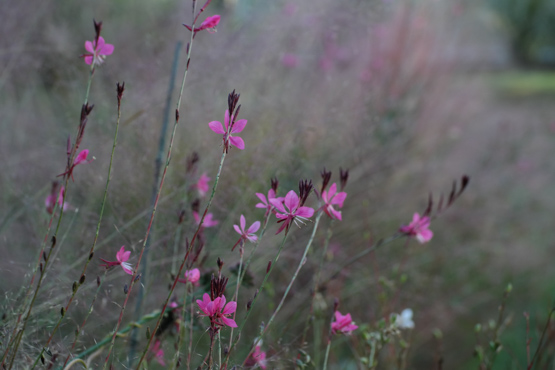
A few days ago I visited the Biltmore Estate in Asheville. Water lily flowers are near their peak of delicate blooms, but the leaves are turning yellow and purple, mirroring the start of fall colors dotting trees surrounding the pond. Water lilies are thriving in the heat of this summer, and I imagine they may bloom at least another month. As fall approaches there have been some very cool nights here, dipping unseasonably into the 40s. But the autumnal nights quickly yield back to summer days, the slow delicate dance of changing seasons.
Gardens are a way for us to capture the world as we wish it to be, where flowers bloom year round. Growing up in New York, very cold winters insured a flowerless season. My aunt helped create a garden at Mohonk Mountain House in the Catskills, and even she largely retreated indoors by the start of every year, encouraging me to admire the greenhouse plants.
When I moved south, first to North Carolina, I was inspired by a gardening friend in nearby Hillsborough who planned her garden so something was in bloom every day of the year. I continued this tradition in all my gardens as I moved several times. When I lived in Washington State I grew thousands of plants from seed, and with the relatively mild climate for most of the year I had many flowers blooming every day. Moving back east, I now have a large yard full of wildflowers so I am letting nature do more of the work. But I garden to fill in the gaps, with hellebores and snowdrops emerging from snowy earth, and Salvias and other bright colored blooms to fill the heat of summer. Luckily for me if my garden does stop blooming, Biltmore isn’t far away with a herd of gardeners keeping the gardens in eternal flower.



